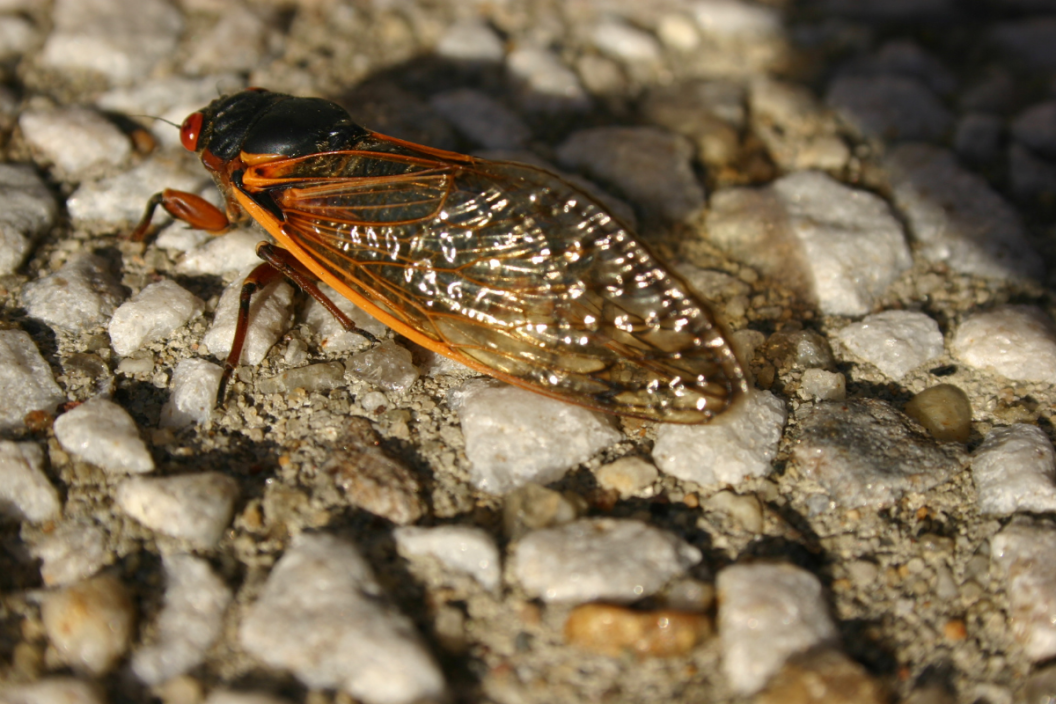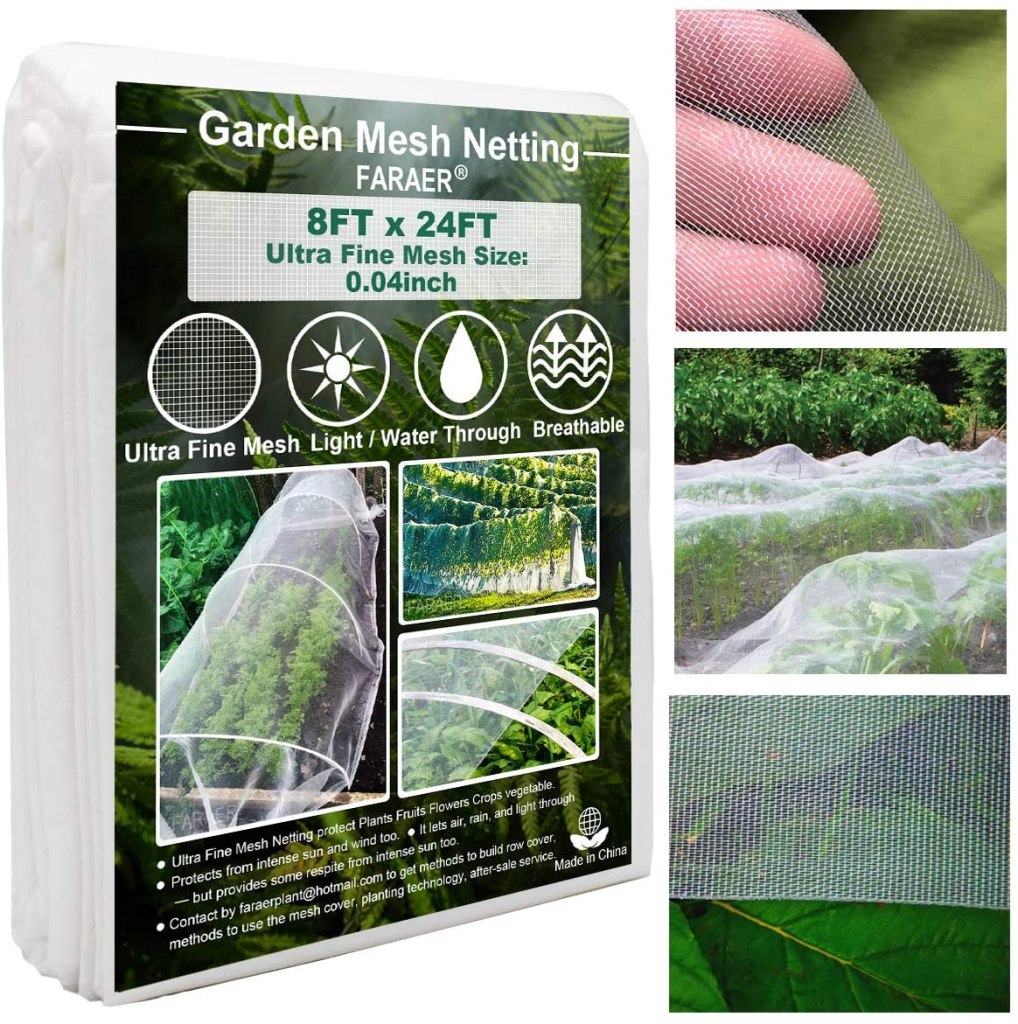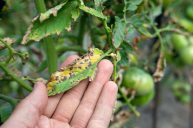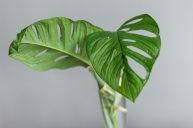The "Brood X" cicadas have been filling your social media feeds for the last few months with even more impending doom than the world already seems to promise. If you've never experienced a cicada emergence, consider yourself lucky. They cling to screen doors, climb your car tires, and their exoskeletons crunch below your feet on the sidewalk. But what exactly is a cicada? Why are they here and what do cicadas eat?
Videos by Wide Open Country
Cicadas are often confused with locusts and grasshoppers. They look similar and there always seem to be trillions of them. They also all make a singing/buzzing noise, but cicadas are nowhere near as destructive as locusts can be to plants, and that's because of their mouthparts.
Locusts have the ability to chew and cicadas just suck. No seriously, adult cicadas pierce and then use their sucking mouthparts to eat underground juices from tree roots. So generally speaking, plants above ground are relatively safe.
Male cicadas are the noisy ones. They have a special mechanism on their abdomens called a tymbal that's used to attract the females. Cicadas are big, and they fly right into your perfectly styled hair. Or, as was my case in 2013, right down your cleavage causing my coworker to start screaming "cucaracha!" and start swatting at my chest.
Cicadas have large red eyes and spend most of their lives underground. There's a small amount of annual cicadas that come from below the ground every year in practically unnoticeable numbers. But we're talking about periodical cicadas that come from below ground in the billions every 13 or 17 years. The 13-year-cicadas and 17-year-cicadas grace us with their fascinating yet disgusting presence in these specific intervals.
Brood X Cicadas will come to the surface and live for about a month to molt, mate, and lay eggs. Between 400 and 600 eggs hatch per female cicada! The adults die a satisfied death and their freshly hatched young cicada babies aka nymphs will burrow into the soil until it's their time to emerge again.
What Plants Should I Protect From Cicadas?
Your tomato plants, vegetable gardens, and flowers are safe from cicada damage. Adult cicadas may damage fruit trees, raspberry and blueberry bushes, and other similar types of woody vegetation that produce something called xylem. Xylem is the tunnel that transports moisture and nutrients from the roots to the leaves. Cicadas are really only interested in plant roots.
The cicadas suck that moisture right out possibly causing the health of the plant to be compromised, so you may not always see the damage right away.
Female cicadas cut tiny slits in young tree branches to lay their eggs. This won't hurt mature trees but can do damage to trees younger than four years old. There may also be some cosmetic damage like holes in the leaves. Cicadas will live on any tree really but they especially love oak, maple, willow, dogwood, and ash trees.
Fortunately, with destruction comes growth. Birds, reptiles, snakes, and spiders find cicadas delicious and make finding food during an emergence year a breeze. Also, the nymphs will be digging tiny tunnels to hide in until it's time to reemerge. Those tunnels help aerate the soil and tree roots providing more oxygen in that underground bug world.
How To Protect Trees and Bushes
Take a tip from the lunch ladies. Netting protects their fabulous bouffants. Netting will protect your trees and bushes until this cicada nightmare, I mean life cycle, is over and the cicada nymphs go back underground.
Cicadas tend to make slits in branches about a half-inch in diameter. Those branches will need the most protection so the cicadas can't drink sap and do more damage.
Wrap your trees, berry bushes and flowering shrubs in fine mesh insect netting. The holes need to be 1 centimeter or smaller. These species of cicadas are born to burrow so you must outsmart them.
You can also wrap plants in barrier plant bags but only if you can tie the coverings really tightly against the base of the trees or plant. Remember, they were born to burrow. Netting and protective bags are available on Amazon.
When the coast is clear and the cicadas are gone, take down all the protective barriers and store until next time. Ugh. Resist the urge to use any chemicals. You'd need too much of it to battle the kind of numbers entomologists talk about when it comes to cicadas. And those chemicals would kill off the bugs we do love like bees and butterflies.
So if you're living in an area of North America that will be witness to the fascinating lifespan of the cicada, you and your garden will get through it. Arm yourself with some entomology knowledge and watch nature unfold.
Products featured on Wide Open Eats are independently selected by our editors. However, when you buy something through our links, we may earn a commission.






